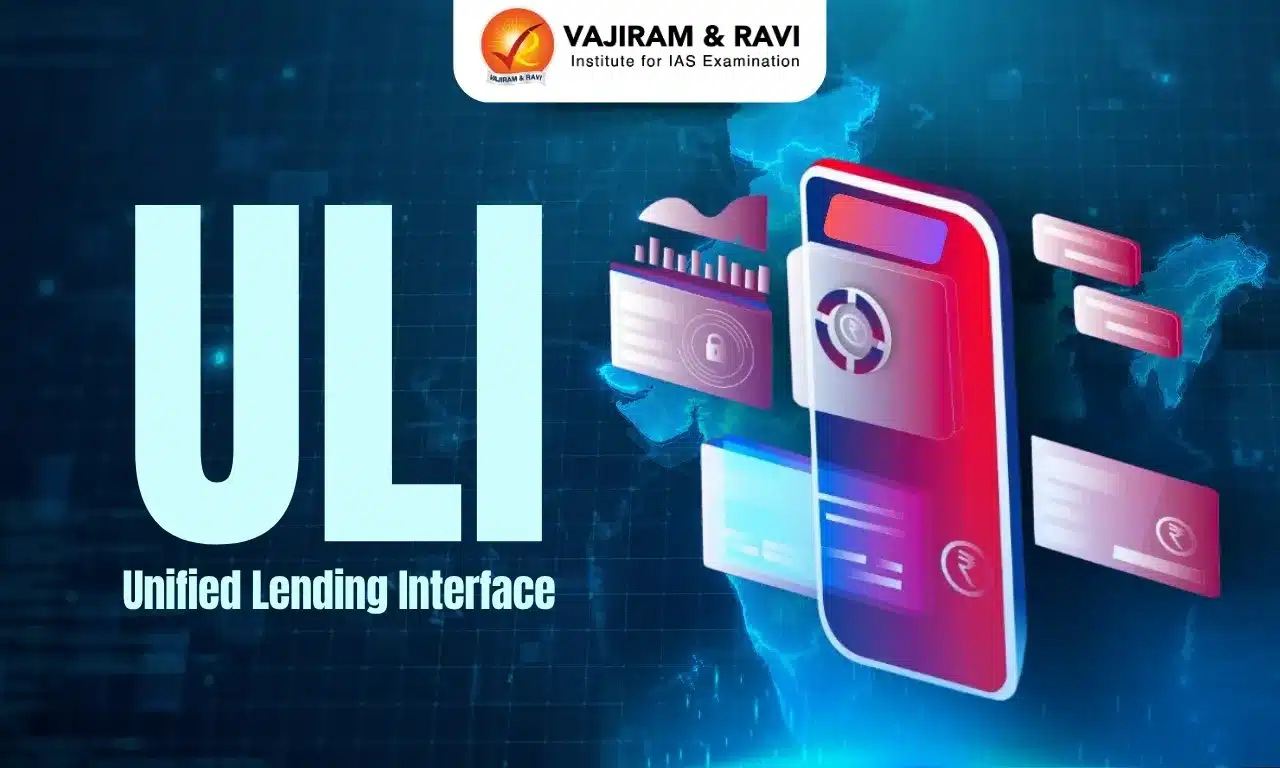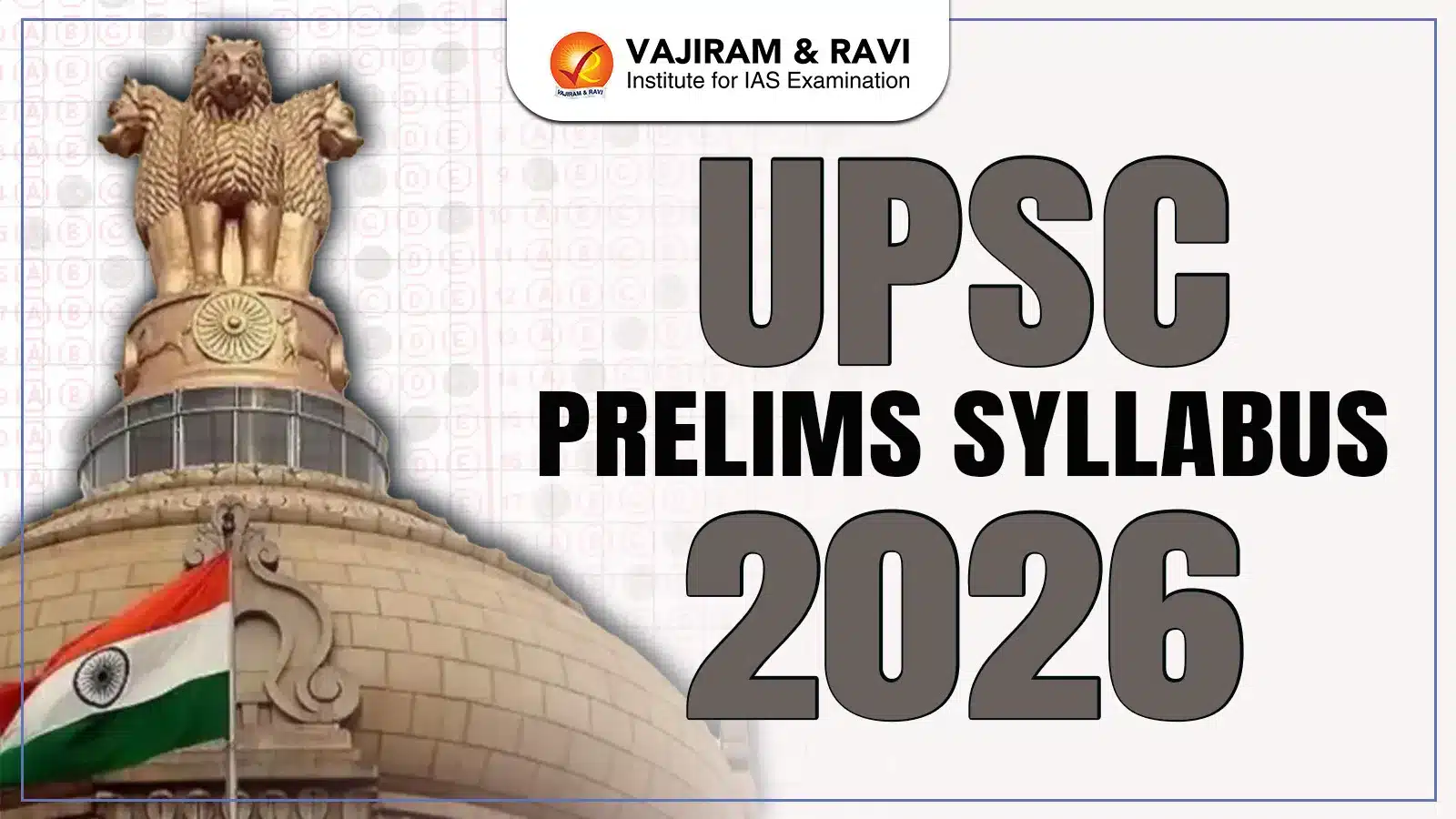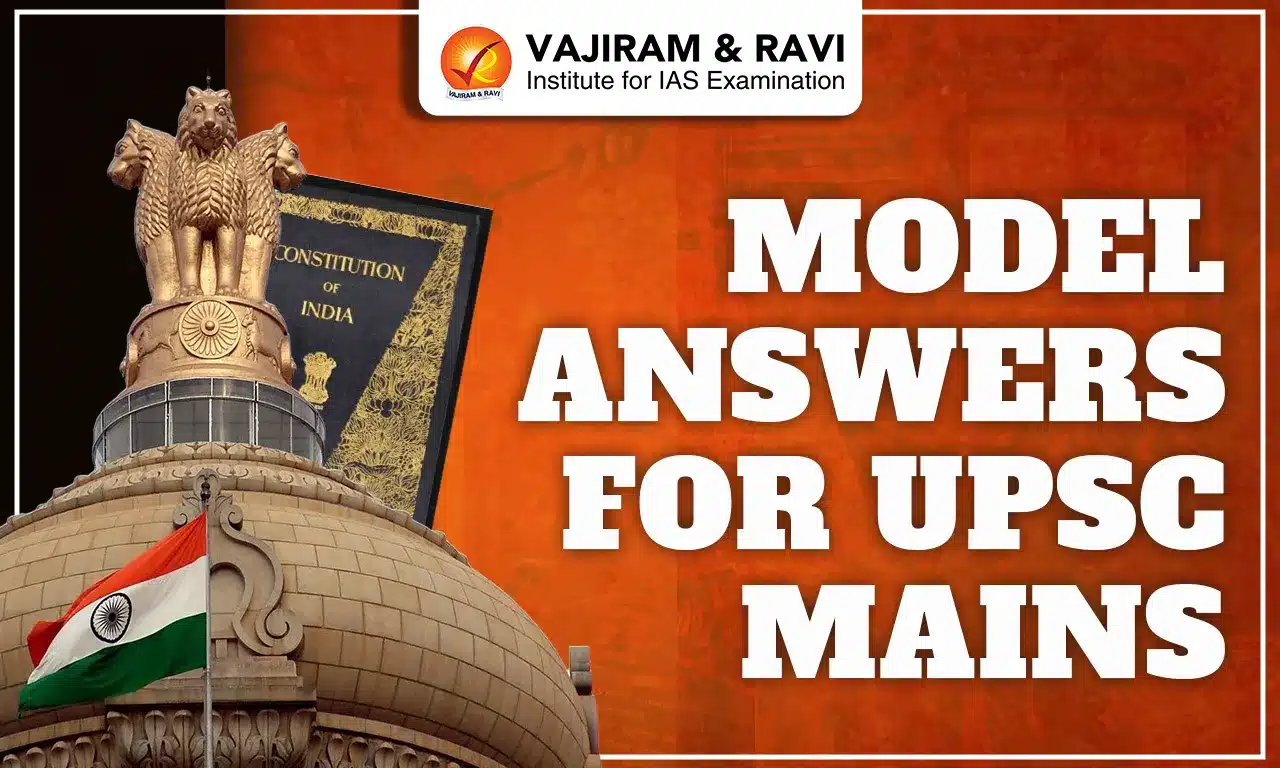India is evolving rapidly when it comes to digital initiatives, including initiatives like UPI transforming payments. Now, the Reserve Bank of India (RBI) is set to launch the Unified Lending Interface (ULI) which is a transformative platform which is introduced to streamline the credit ecosystem. The Unified Lending Interface is expected to accelerate credit delivery, especially for underserved populations such as farmers, MSMEs, and informal workers, by linking lenders and borrowers through a standardized process.
ULI
The Unified Lending Interface (ULI) is a centralized digital infrastructure introduced by the RBI to revolutionize the loan distribution system in India. It enables a consent-based flow of financial and non-financial information, such as land records and credit history, between borrowers and lenders. ULI is designed to integrate various stakeholders banks, NBFCs, fintech firms and data providers using standard APIs.
The platform will eliminate manual documentation and promote real-time credit appraisal, especially in rural and small-scale sectors. ULI is also expected to uphold data privacy through borrower consent, making it both efficient and secure.
Unified Lending Interface
The Unified Lending Interface is built on the principle of creating a seamless, digital bridge between borrowers and credit institutions. Launched as a pilot project in August 2023, it aims to reduce dependency on traditional lending practices which often demand physical paperwork, collateral, and a strong credit score. Through ULI, users especially in rural or low-income areas can access credit based on alternative data such as utility bill payments, GST filings, and mobile transactions.
The interface automates the entire loan process, from application to disbursement, reducing turnaround time and operational costs for lenders. Much like how UPI revolutionized payments, ULI aspires to streamline the money lending process, bringing transparency, speed, and scalability to the credit system in India.
Unified Lending Interface Objectives
- The Unified Lending Interface is introduced with a major objective of creating the accessibility of credit through the digital mediums.
- ULI will focus on addressing the credit gap in the rural or low income areas empowering the small borrowers with timely and need based financial support.
- The pilot project named ULI will reduce the loan disbursal timelines,increase transparency and ensure smoother regulatory compliance.
- Unified Lending Interface aims to enhance lender-borrower through consent-based data sharing and easier to adapt interface.
- The ULI is cost efficient and secure which will help the digital infrastructure of India.
Unified Lending Interface Benefits
- For Borrowers:
-
-
- Unified Lending Interface enables loan access for individuals without formal income proof or credit scores.
- Uses alternative data (e.g., GST records, mobile bill payments) for credit evaluation.
- ULI reduces paperwork and loan processing time.
- Minimizes the need for collateral.
- ULI Promotes inclusive credit access for informal workers, small businesses, and farmers.
-
- For Lenders:
-
-
- Unified Lending Interface helps in lowering operational and processing costs.
- Speeds up loan decision-making processes.
-
- Broader Impact:
-
- Unified Lending Interface supports financial inclusion across underserved segments.
- ULI aligns with India’s digital governance and economic empowerment goals.
- Strengthens the national credit ecosystem through data-driven transformation.
Unified Lending Interface Features
The Unified Lending Interface platform is expected to come with several advanced features which includes:
- The standardized API framework that connects data providers, regulators, lenders, and borrowers.
- It enables real-time digital access to state land records, tax filings, and personal data based on consent.
- Unified Lending Interface also supports identity verification using Aadhaar, integrates with DigiLocker, and fetches transactional data for loan evaluation.
- Data privacy and consent management are central to ULI, ensuring compliance with future data protection laws.
- These features collectively aim to build a secure, and scalable lending system across India.
ULI vs UPI
Though ULI and UPI are both RBI-led platforms for financial digitization, they focus on different aspects of India’s economy. UPI focuses on payments, while ULI targets the lending process. UPI allows real-time money transfers between bank accounts through mobile apps, making transactions fast, cheap, and paperless. The table includes the difference between the ULI and UPI for easier understanding in a comparative manner:
| ULI vs UPI | ||
| Feature | ULI (Unified Lending Interface) | UPI (Unified Payments Interface) |
|
Launched By |
Reserve Bank of India (RBI) |
National Payments Corporation of India (NPCI) |
|
Purpose |
To simplify and digitize the lending ecosystem |
To facilitate instant and secure money transfers |
|
Launch Year |
2023 (Pilot) / 2024 (Nationwide Rollout Expected) |
2016 |
|
Stakeholders |
Lenders, borrowers, data providers, regulators |
Banks, merchants, individual users |
|
Key Use |
Loan discovery, application, and approval |
Fund transfers, QR payments, in-app transactions |
|
Technology Base |
API-driven, consent-based data sharing |
Mobile-based, real-time payments |
|
Focus Area |
Lending & credit access |
Payments & financial transactions |
|
Inclusivity Target |
MSMEs, farmers, informal sector |
Consumers, merchants across all sectors |
|
Privacy Safeguard |
Borrower consent, data minimization |
Two-factor authentication, secure virtual IDs |
Last updated on January, 2026
→ Check out the latest UPSC Syllabus 2026 here.
→ Join Vajiram & Ravi’s Interview Guidance Programme for expert help to crack your final UPSC stage.
→ UPSC Mains Result 2025 is now out.
→ UPSC Notification 2026 is scheduled to be released on January 14, 2026.
→ UPSC Calendar 2026 is released on 15th May, 2025.
→ UPSC Prelims 2026 will be conducted on 24th May, 2026 & UPSC Mains 2026 will be conducted on 21st August 2026.
→ The UPSC Selection Process is of 3 stages-Prelims, Mains and Interview.
→ UPSC Result 2024 is released with latest UPSC Marksheet 2024. Check Now!
→ UPSC Toppers List 2024 is released now. Shakti Dubey is UPSC AIR 1 2024 Topper.
→ Also check Best IAS Coaching in Delhi
ULI FAQs
Q1. What is ULI?+
Q2. How is ULI different from UPI?+
Q3. Who can benefit from ULI?+
Q4. Is ULI live for public use?+
Q5. What data does ULI use to assess creditworthiness?+

















